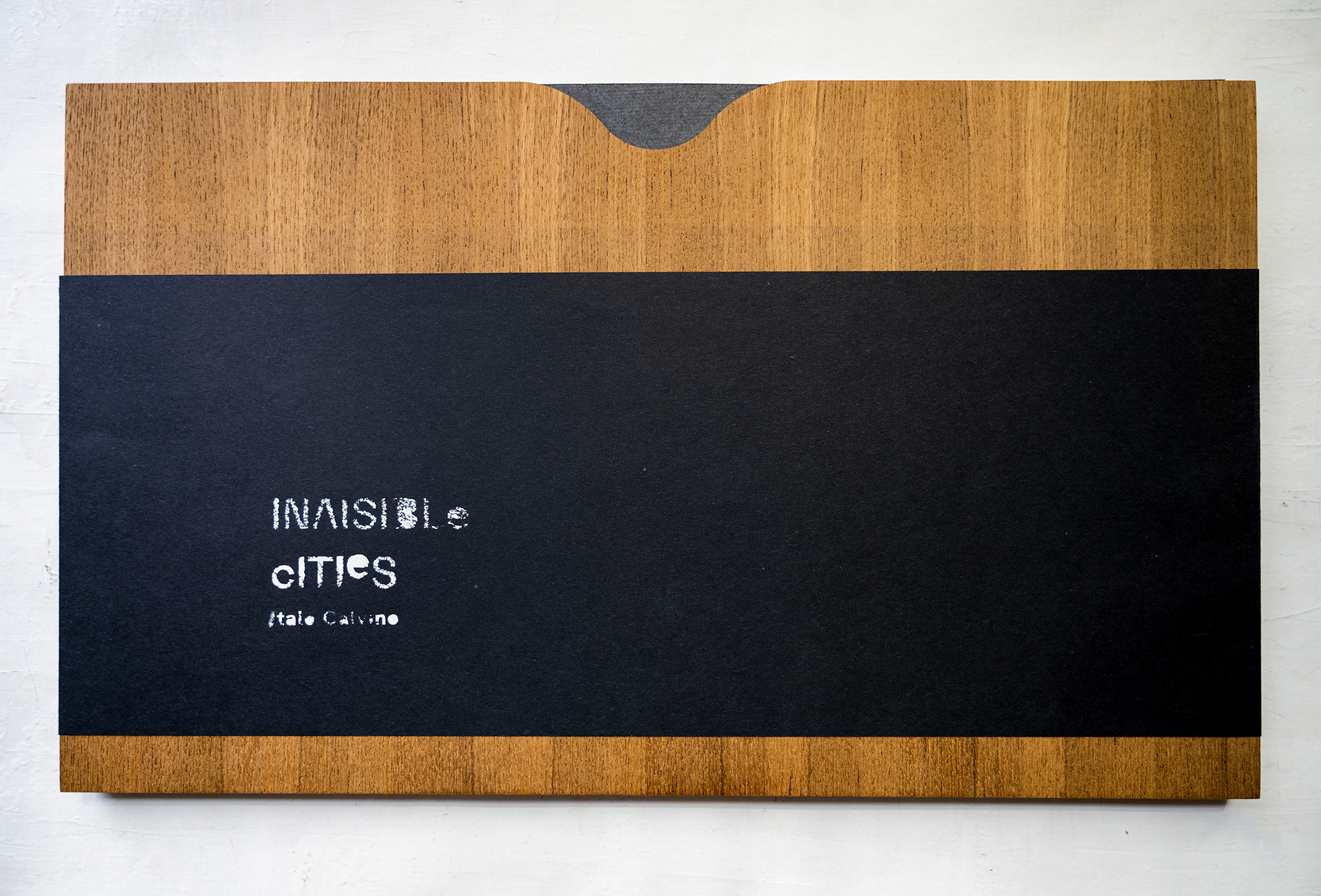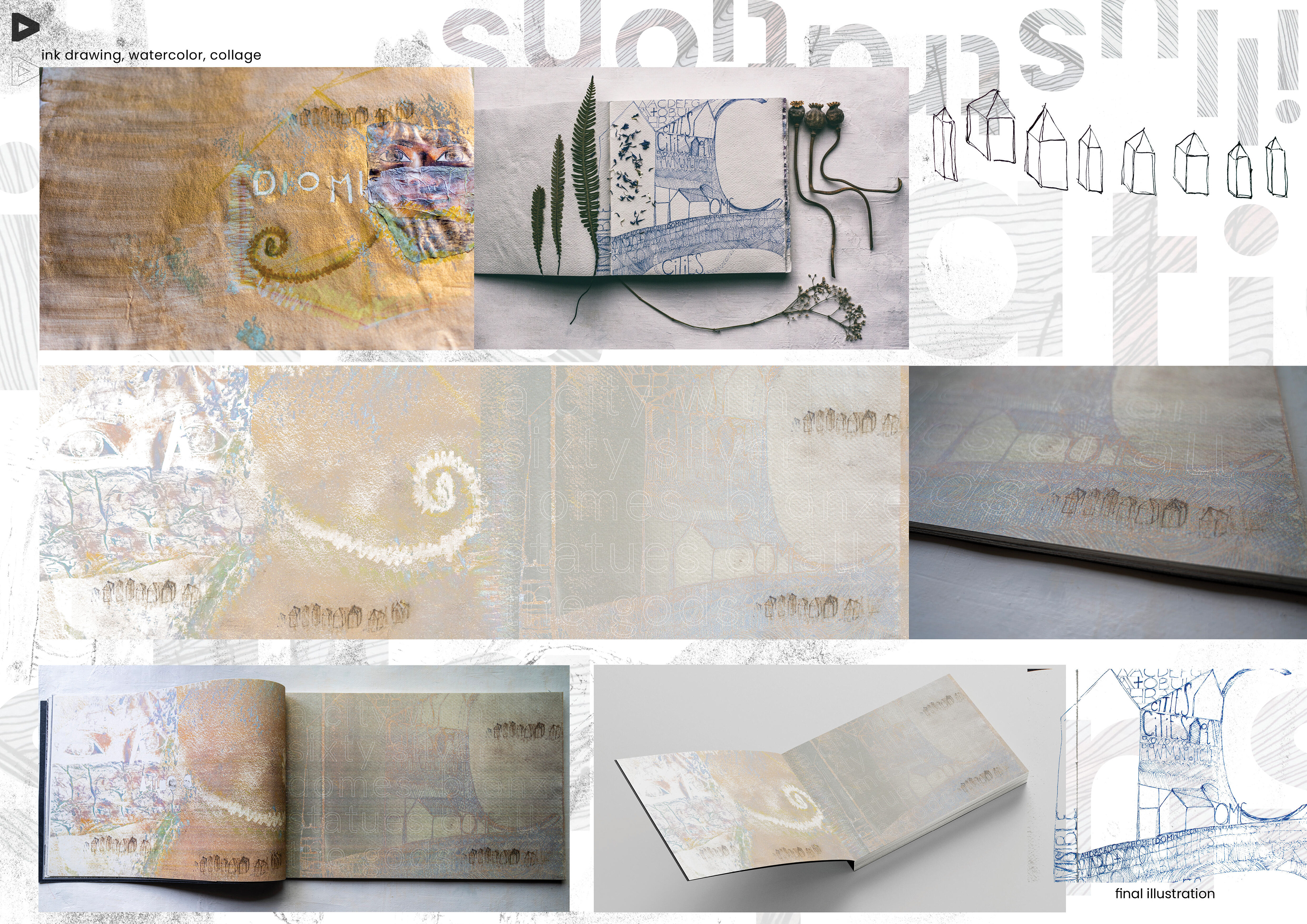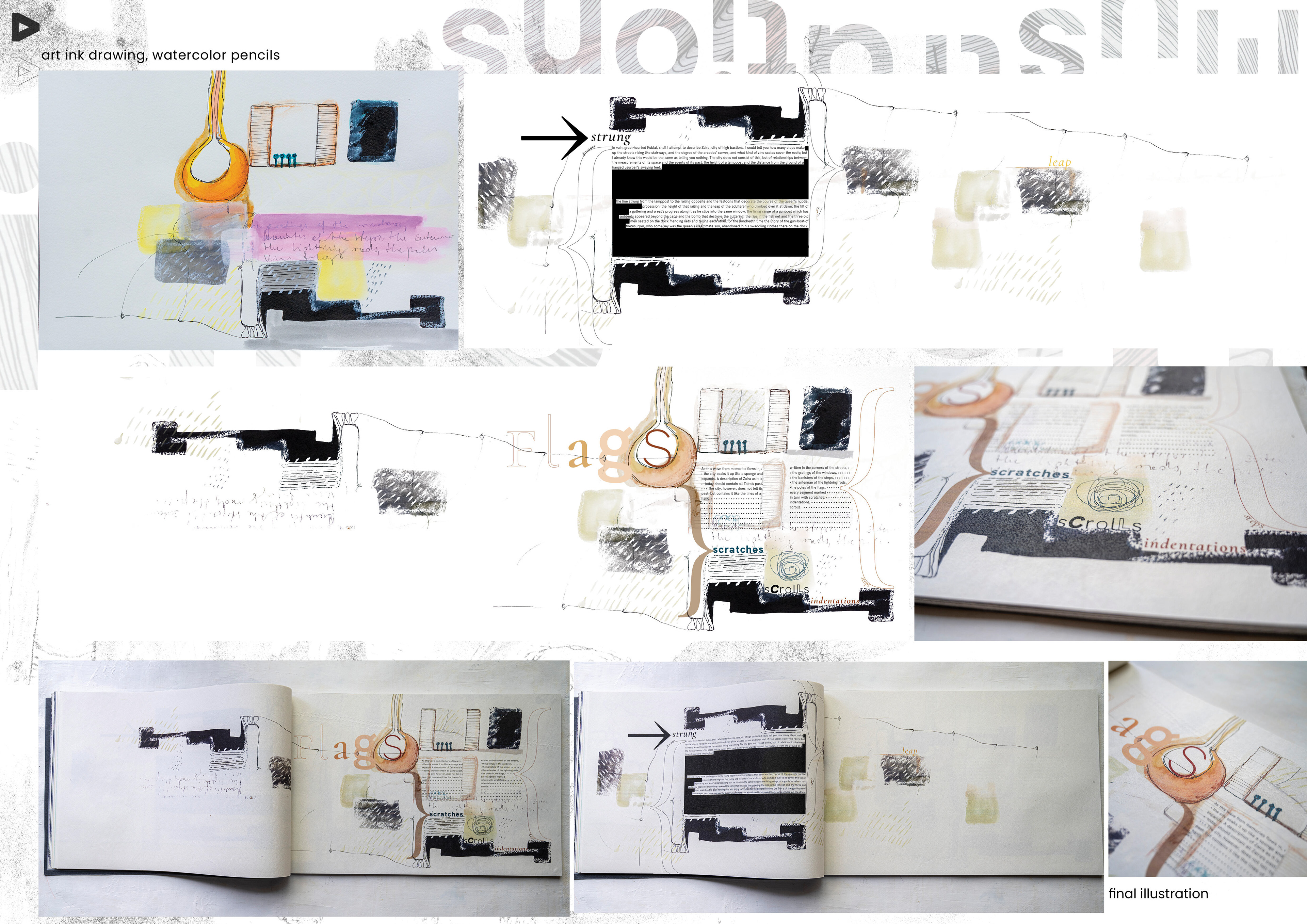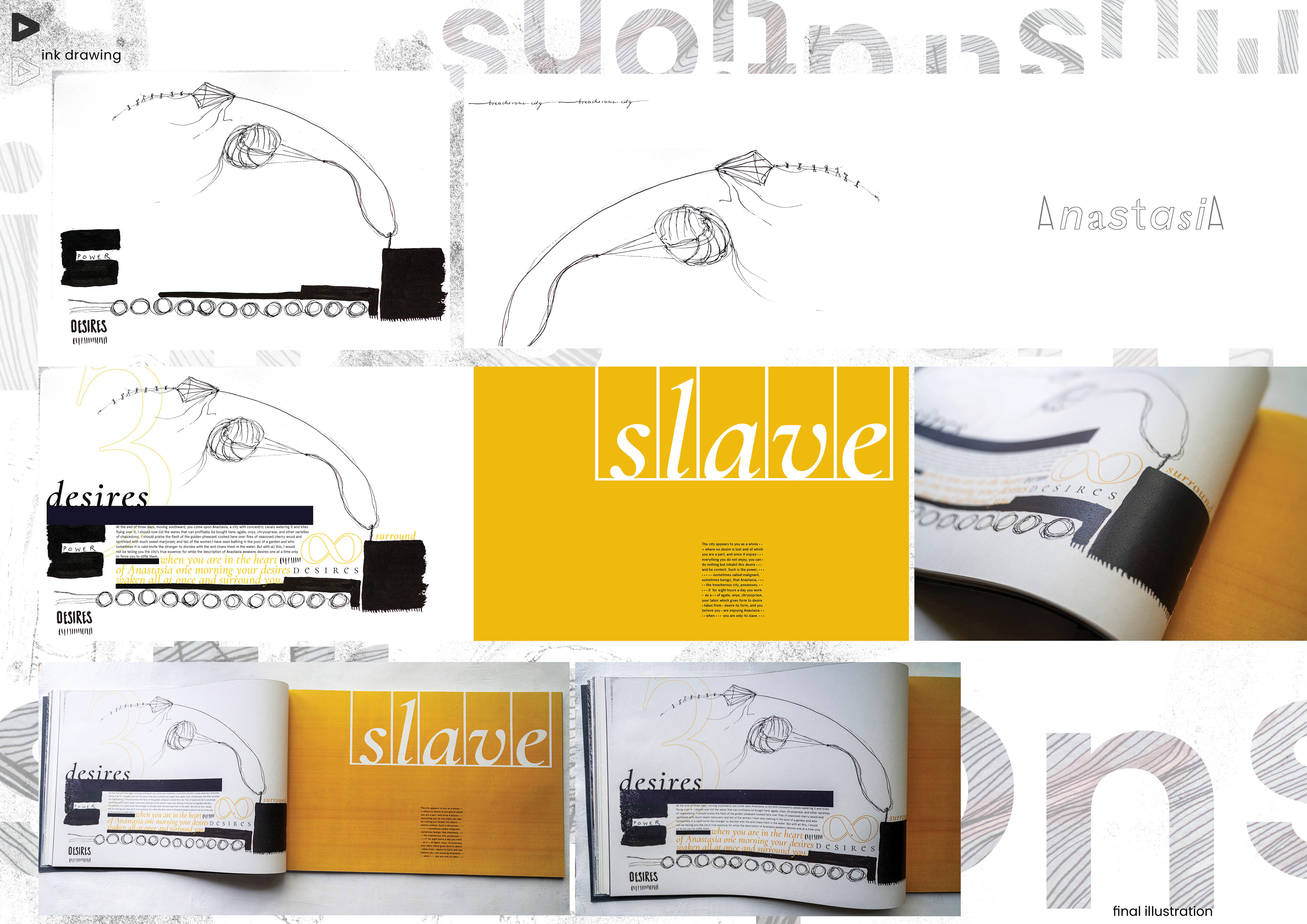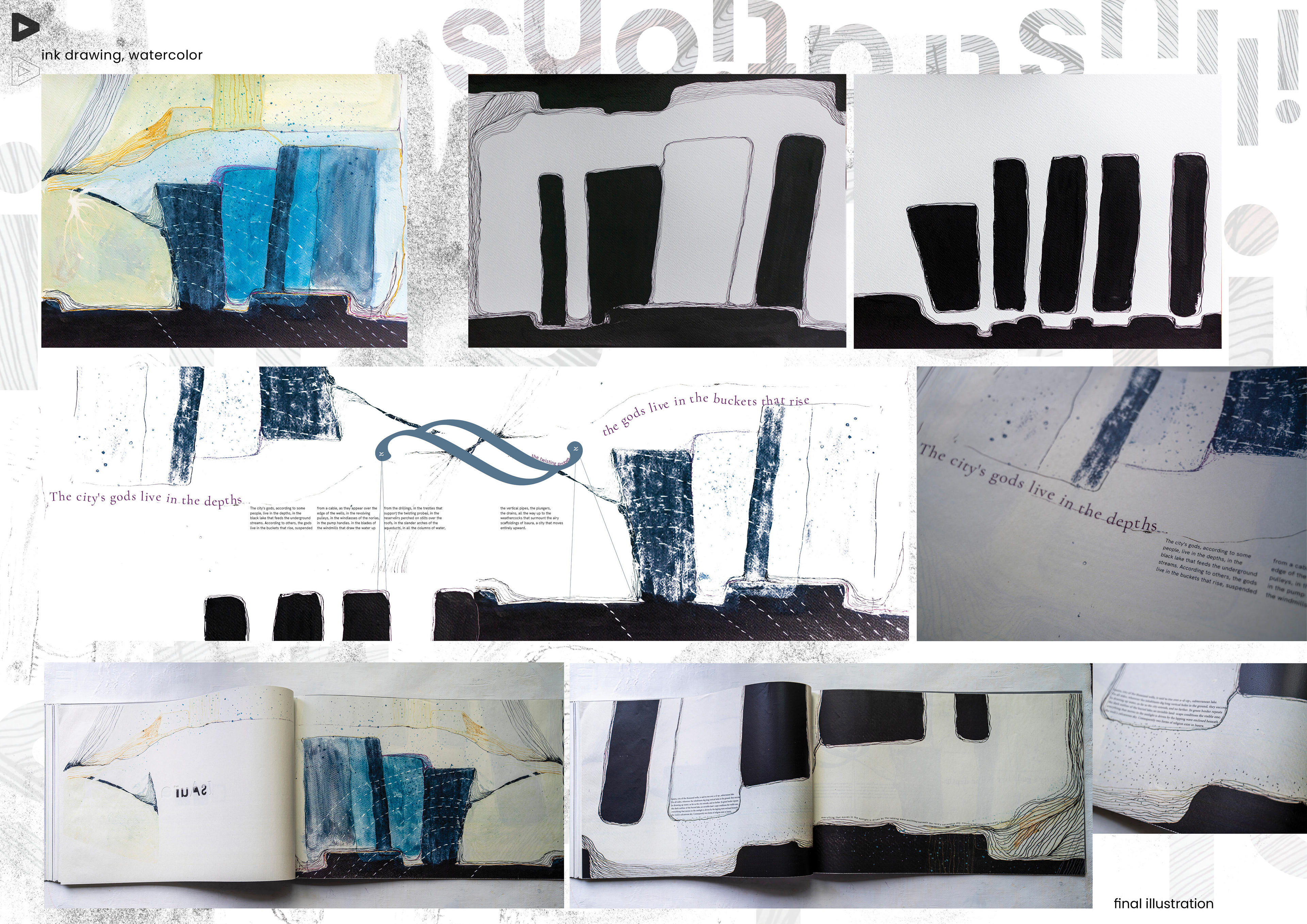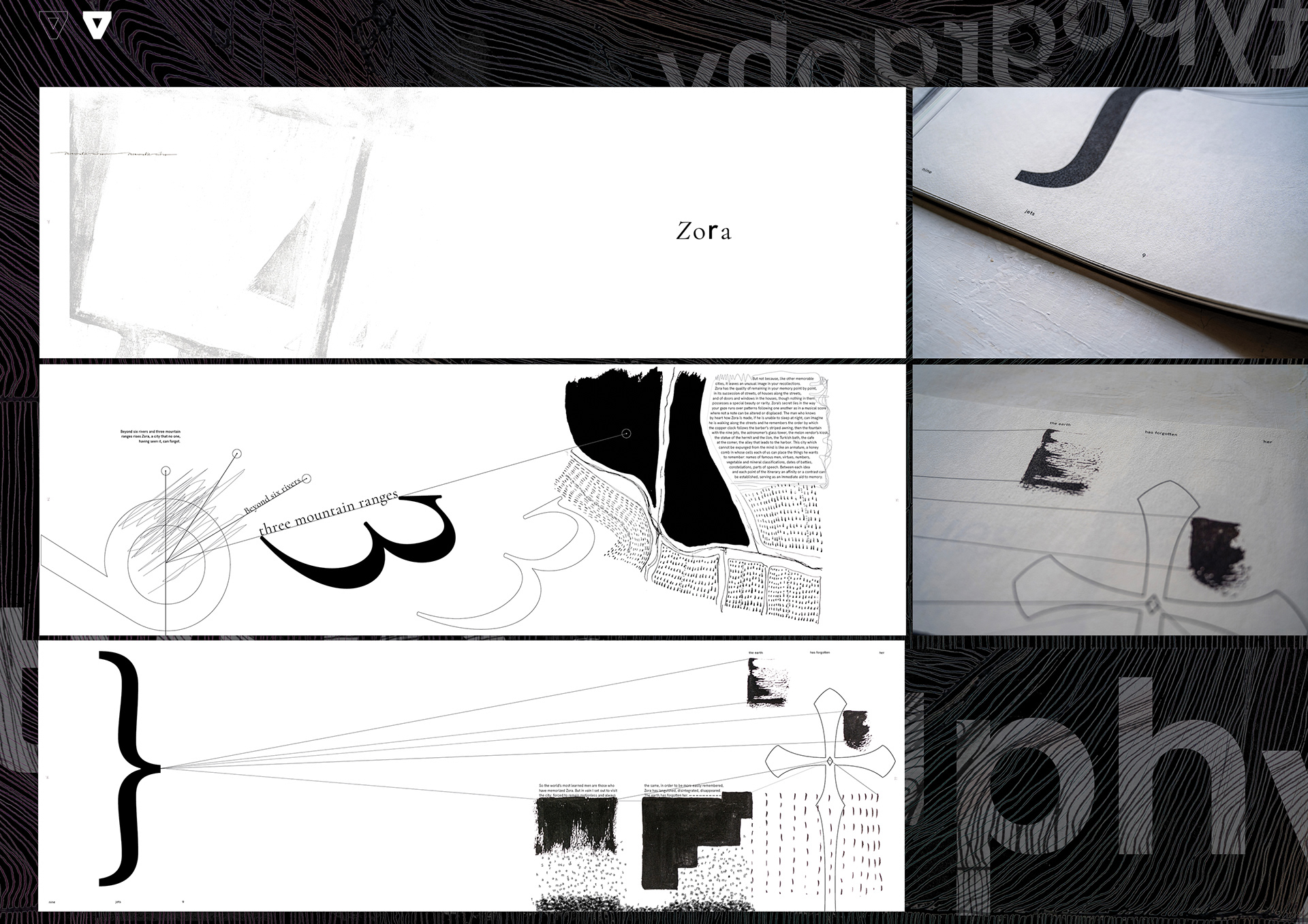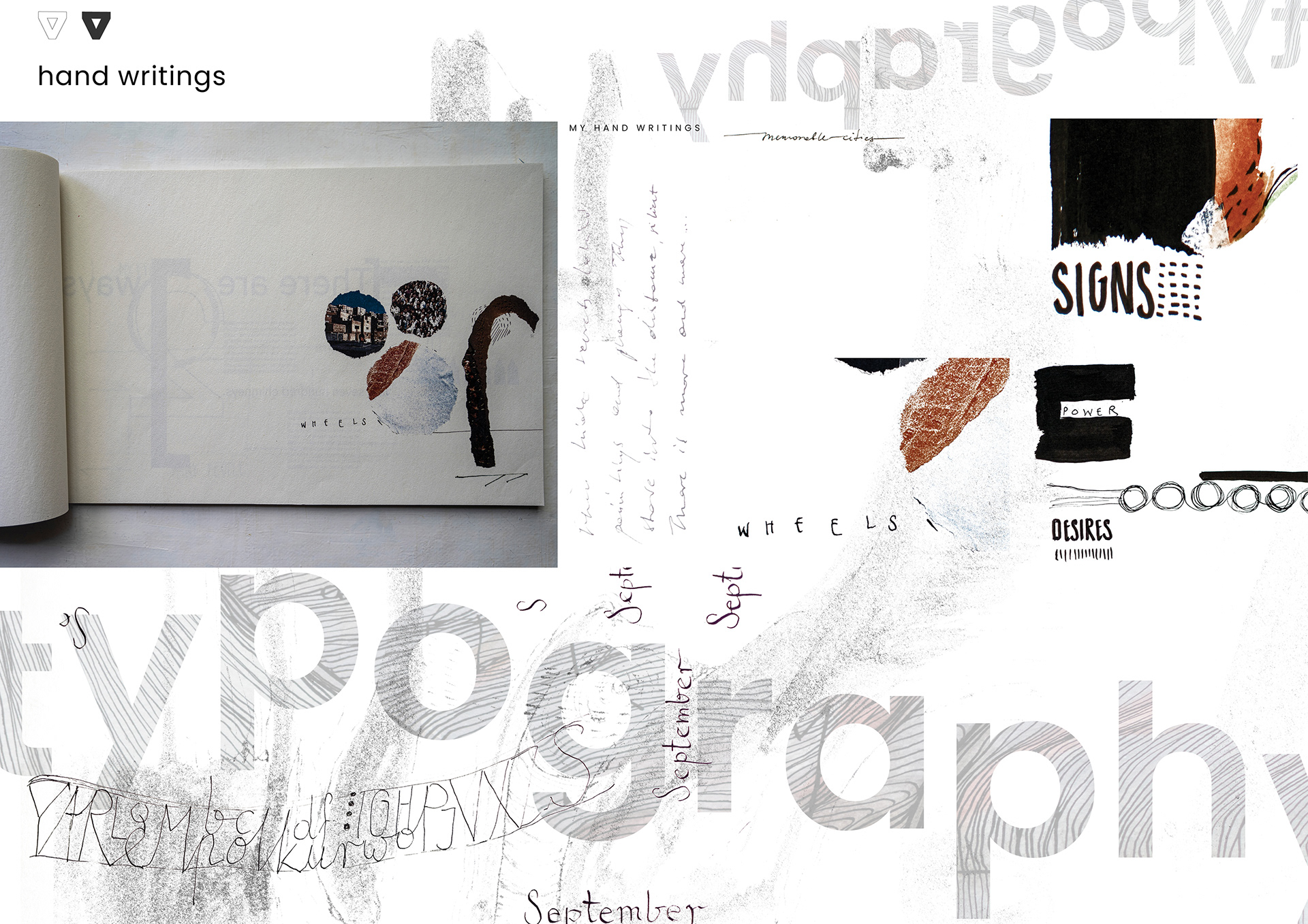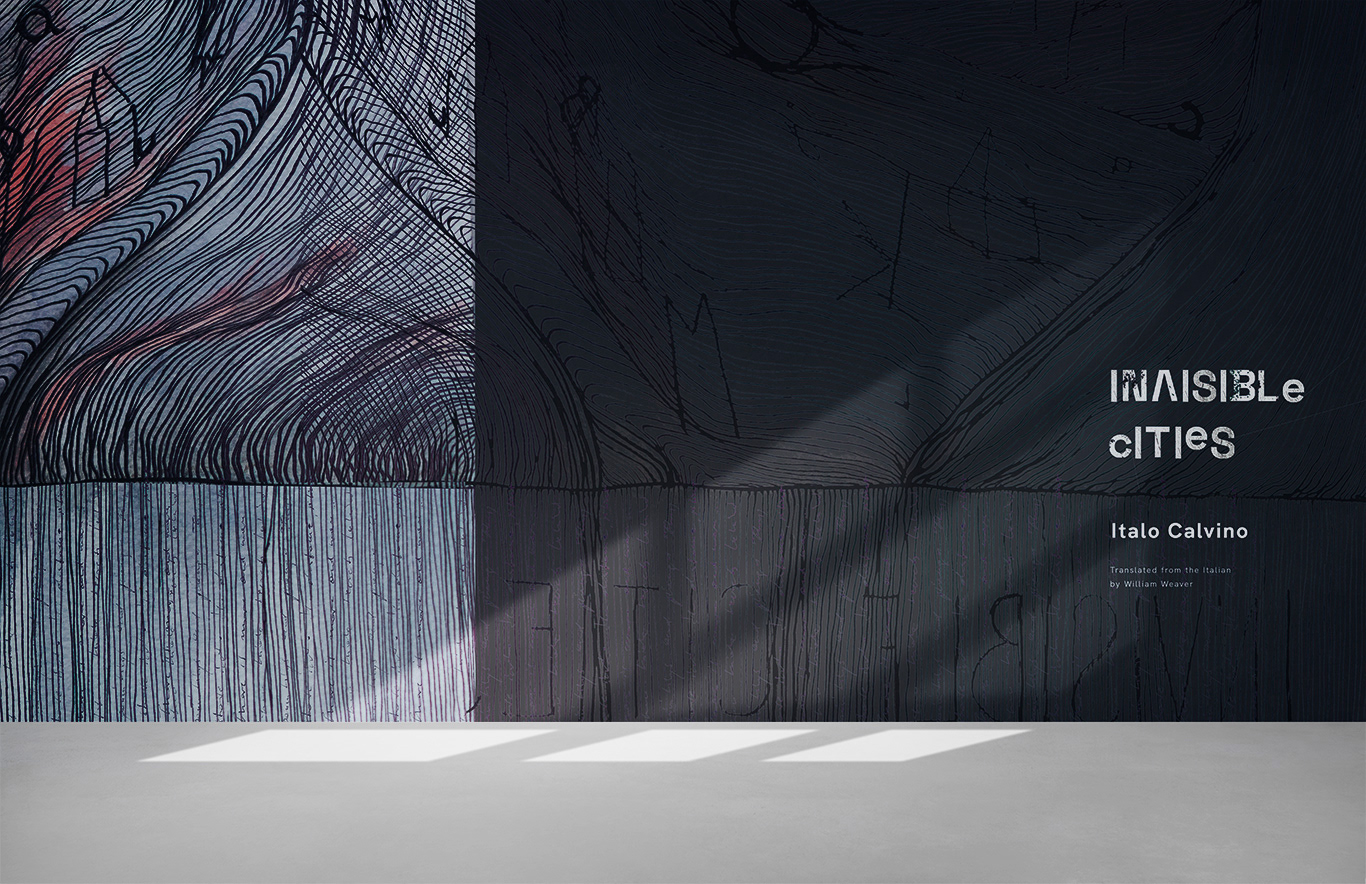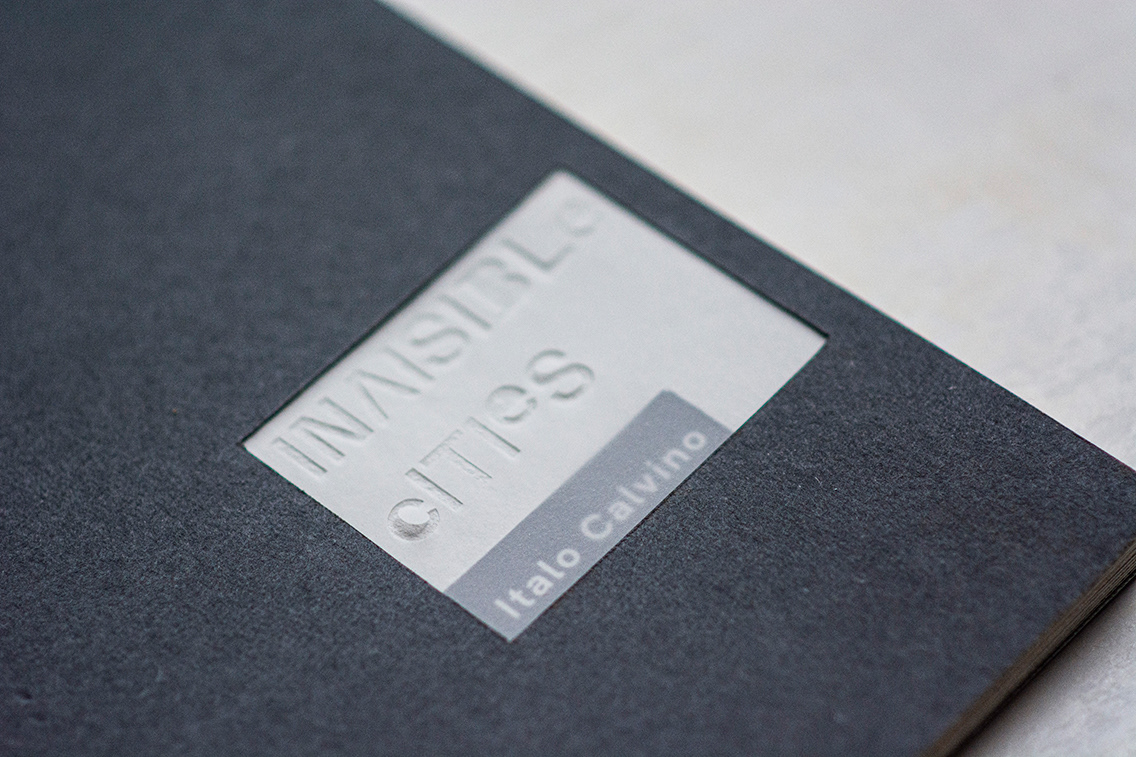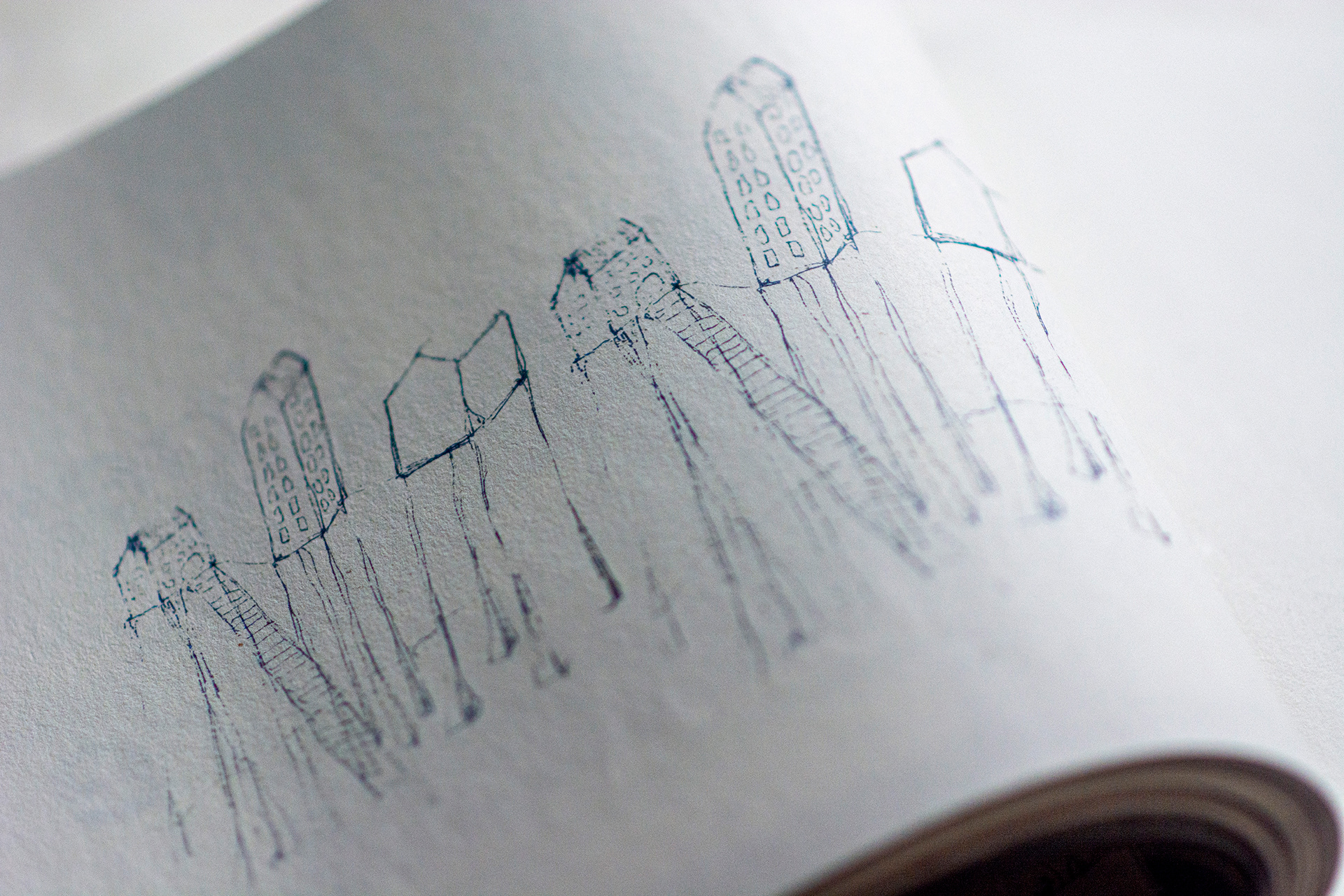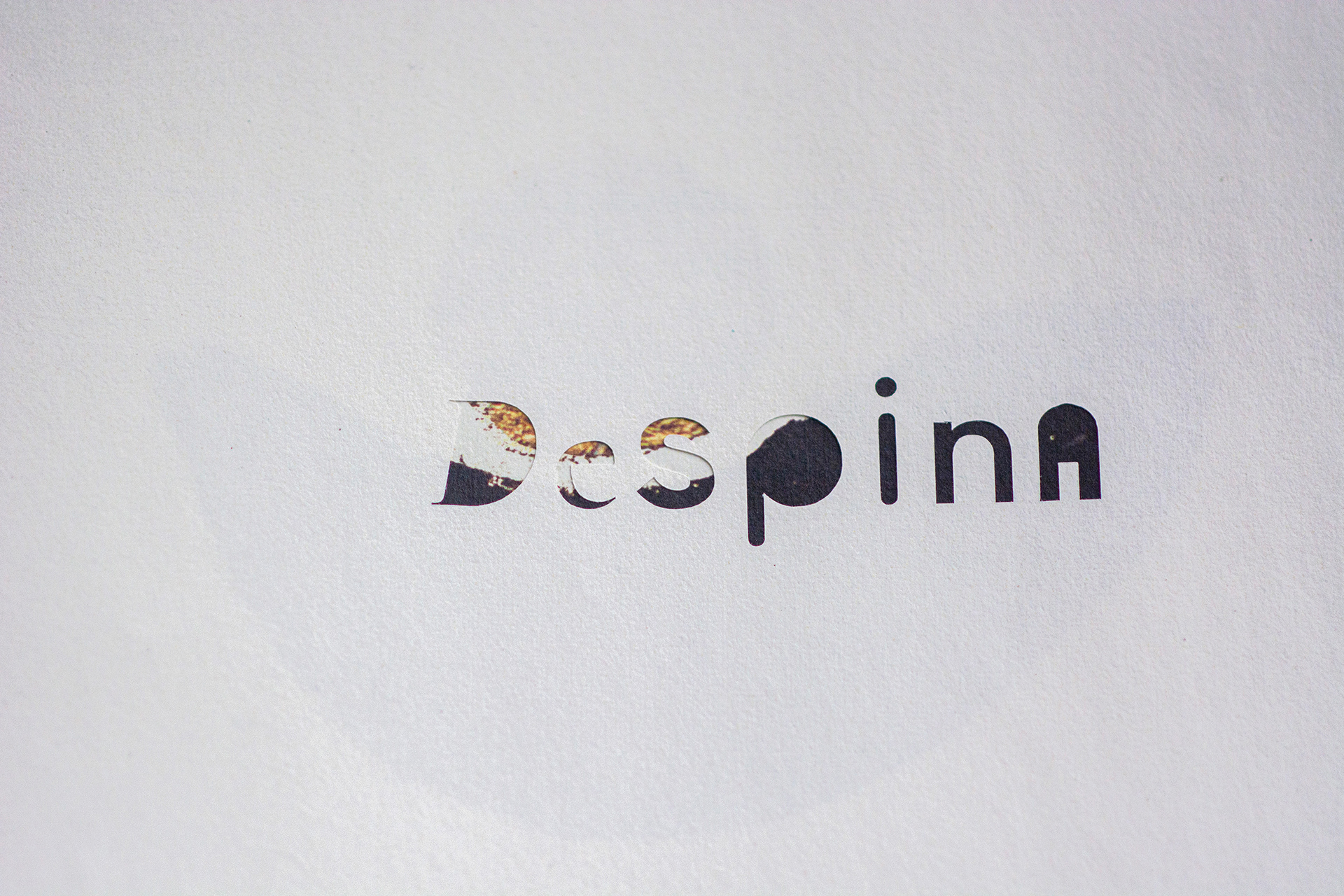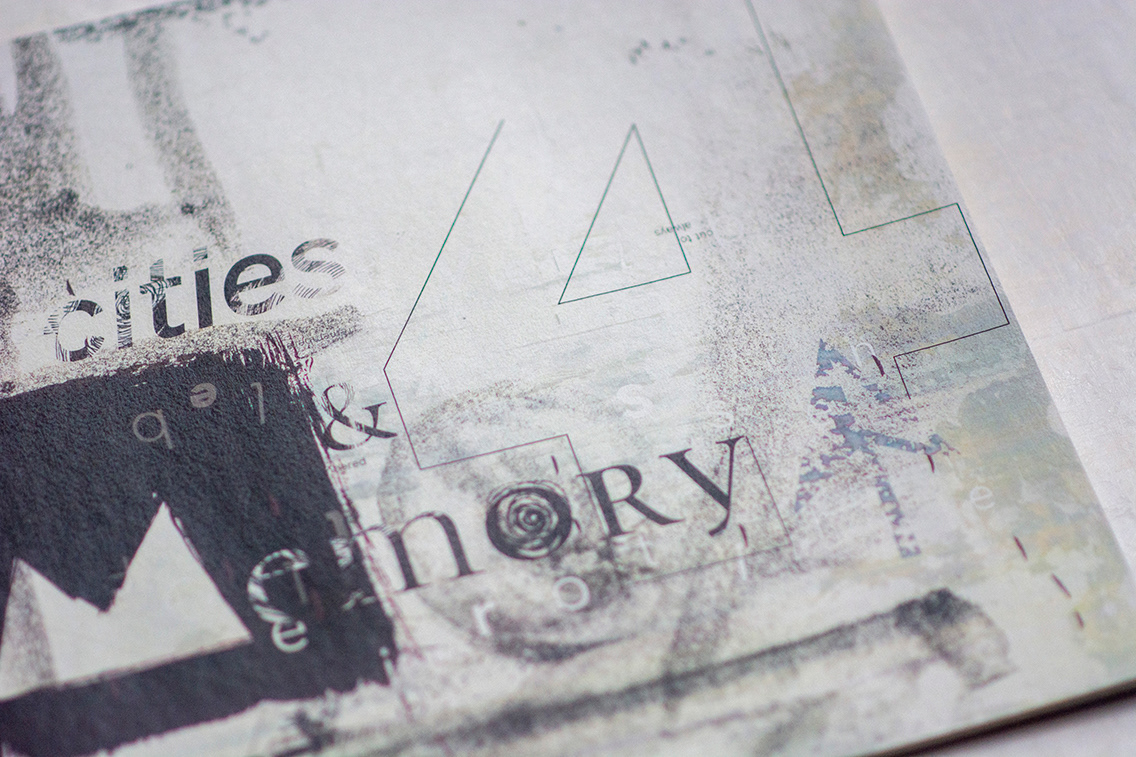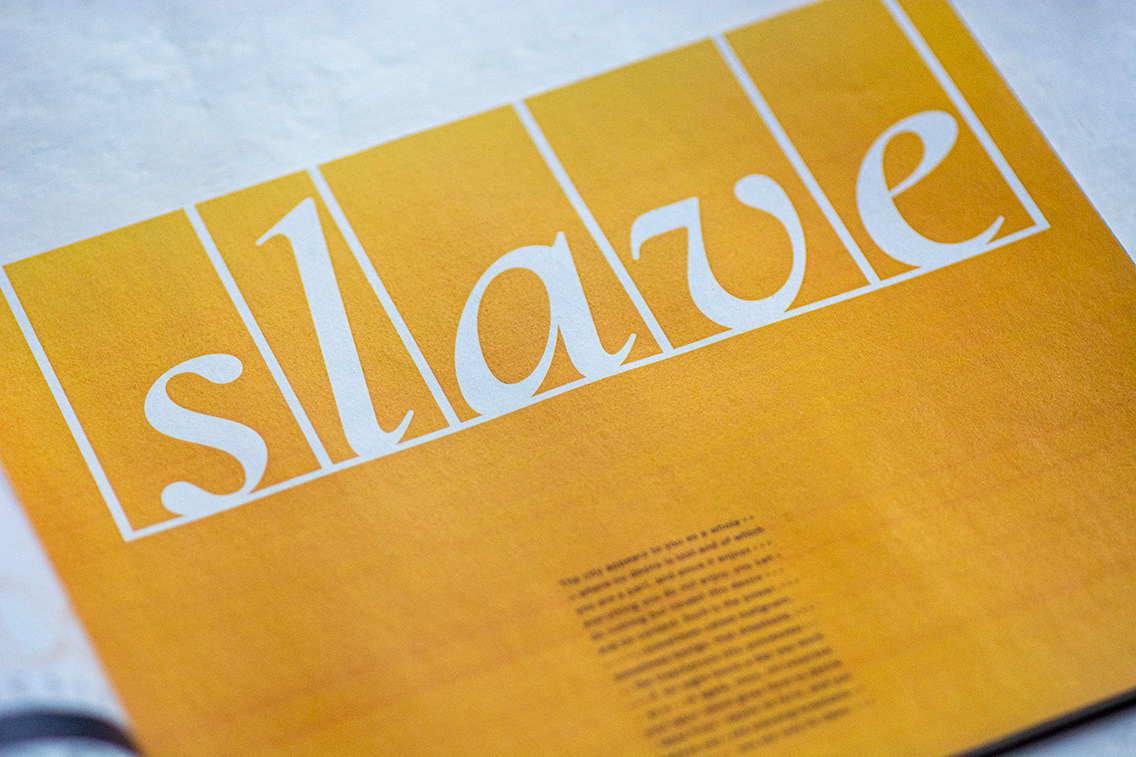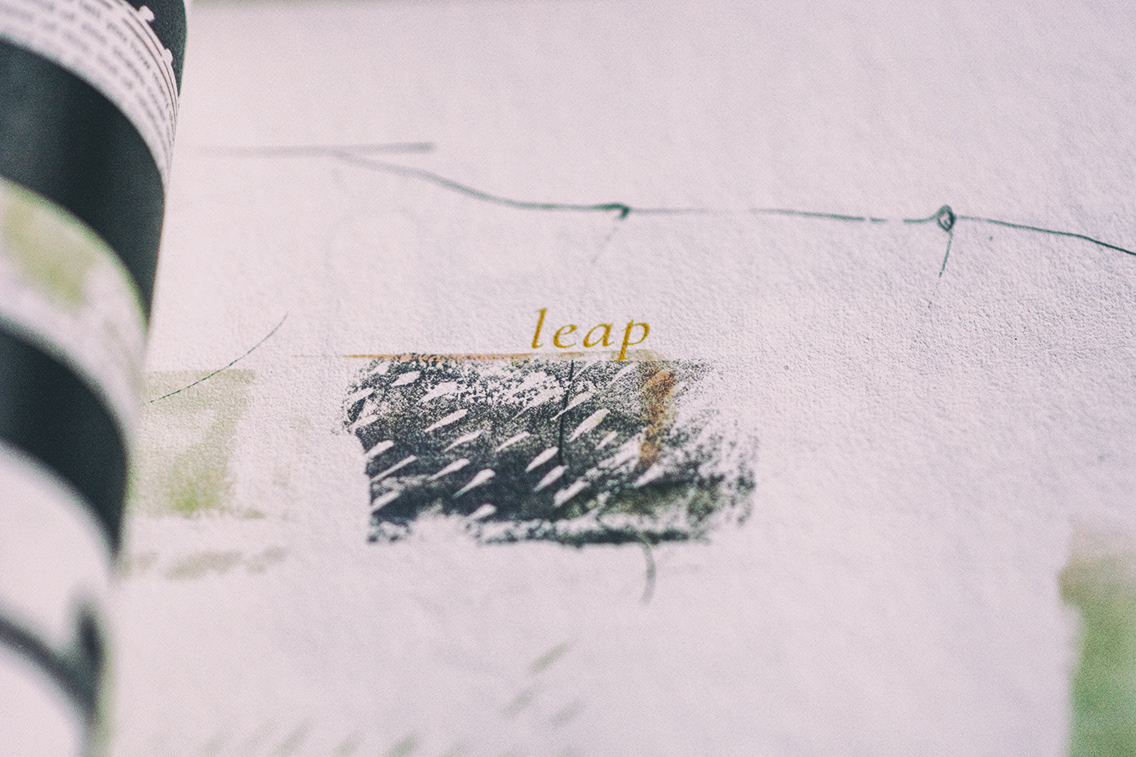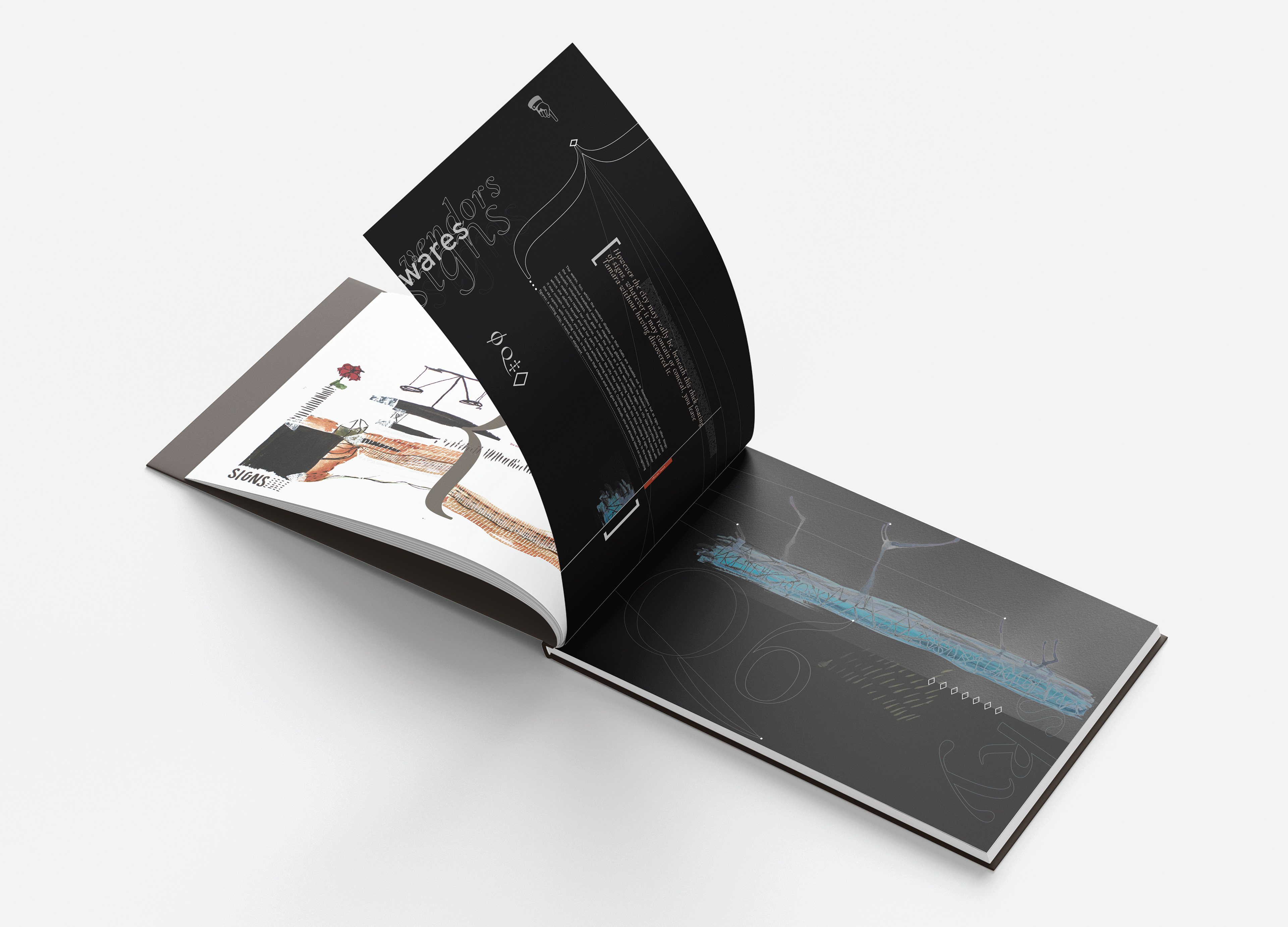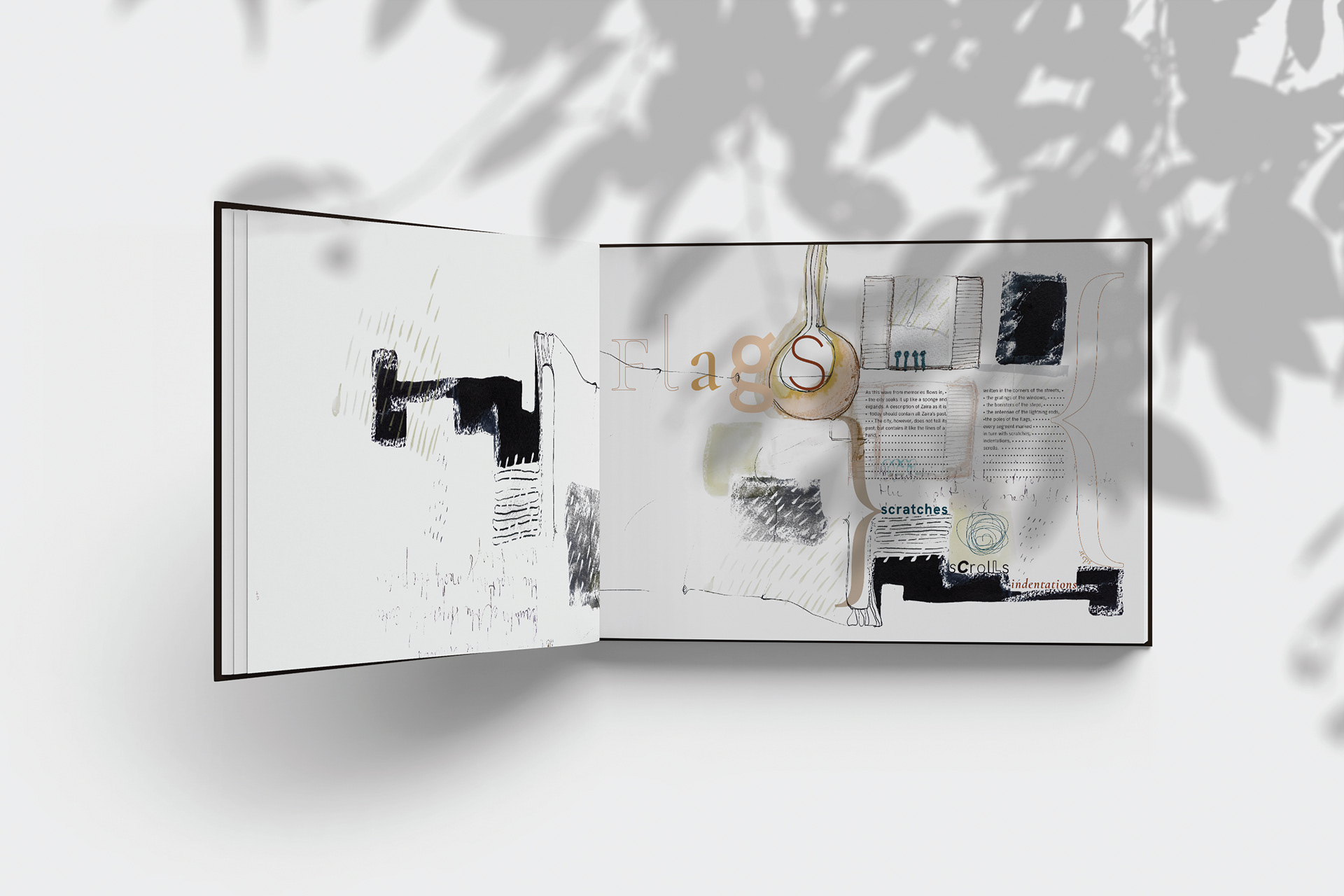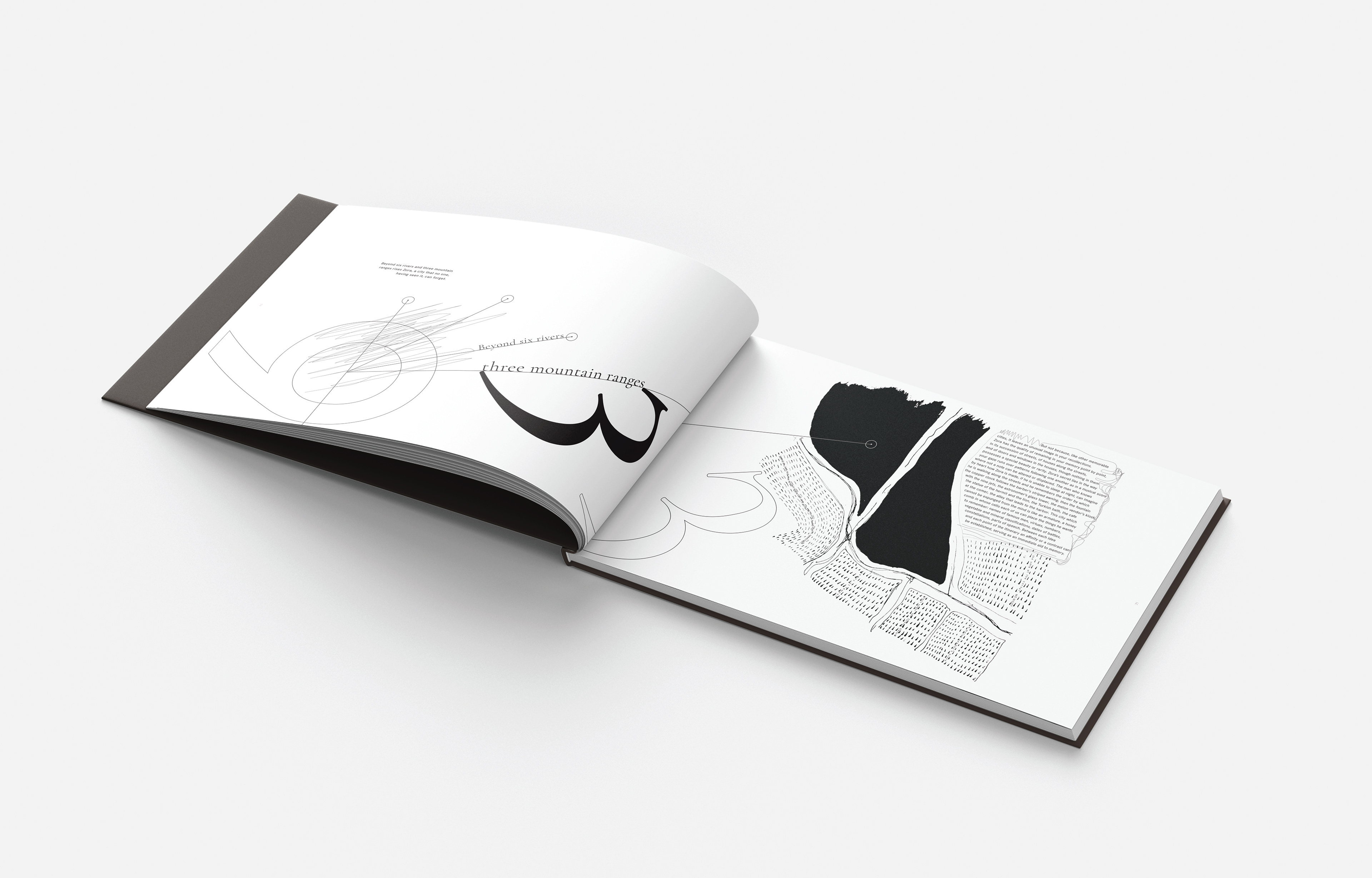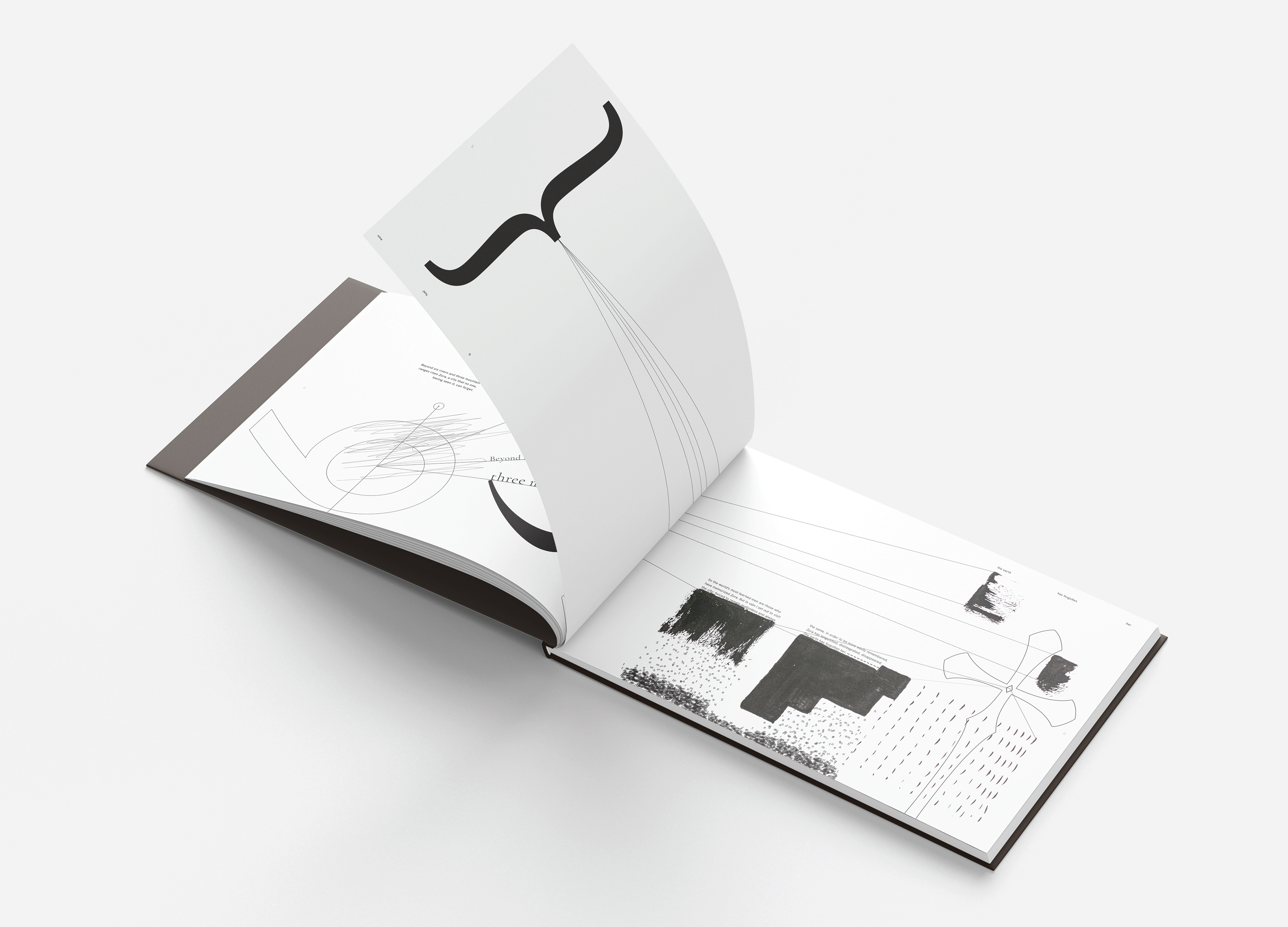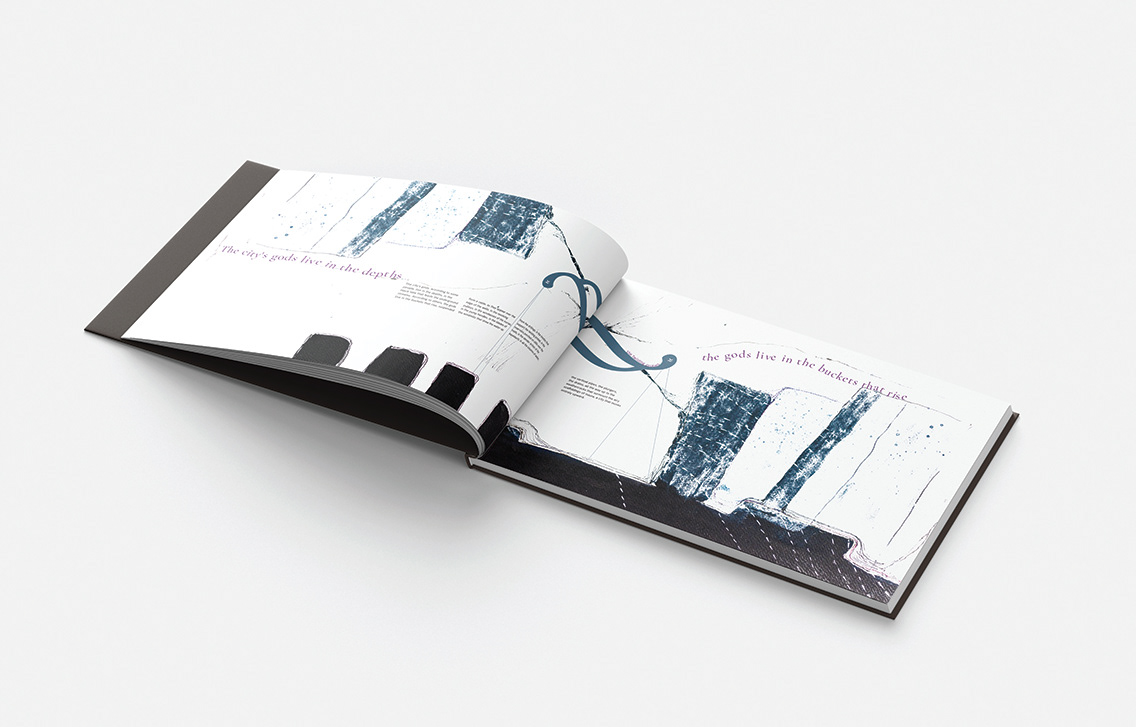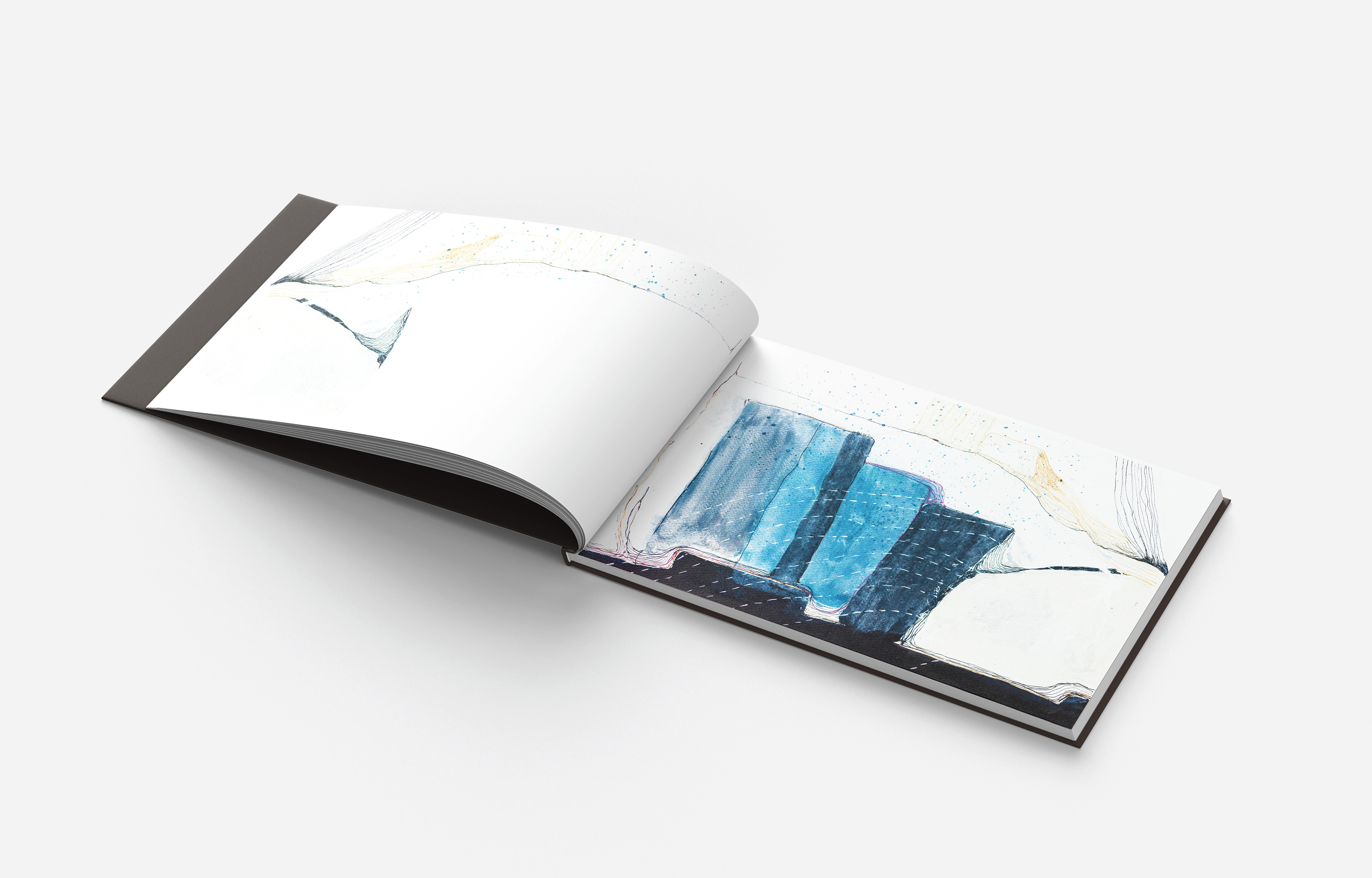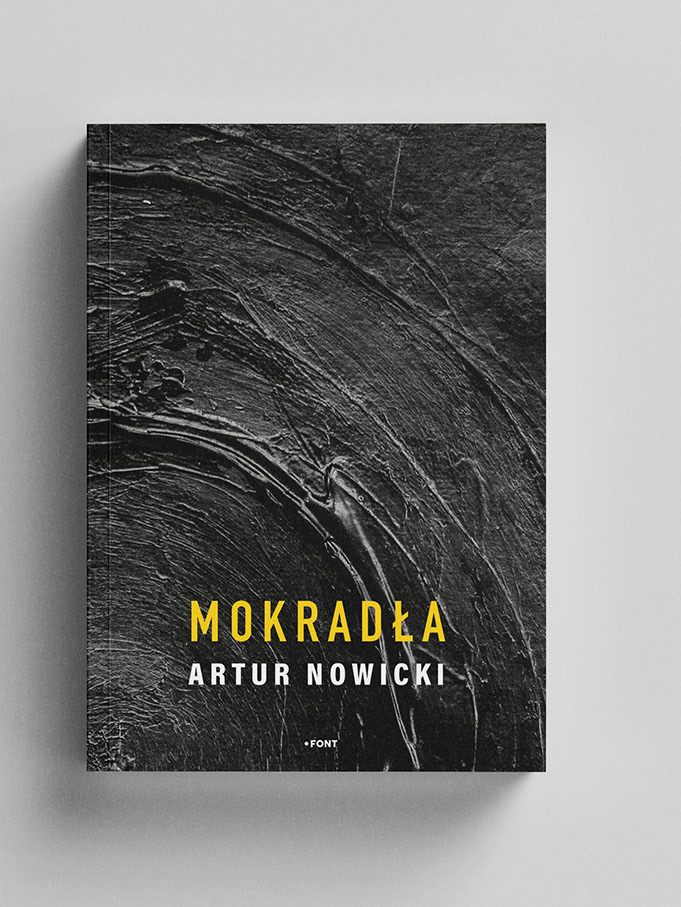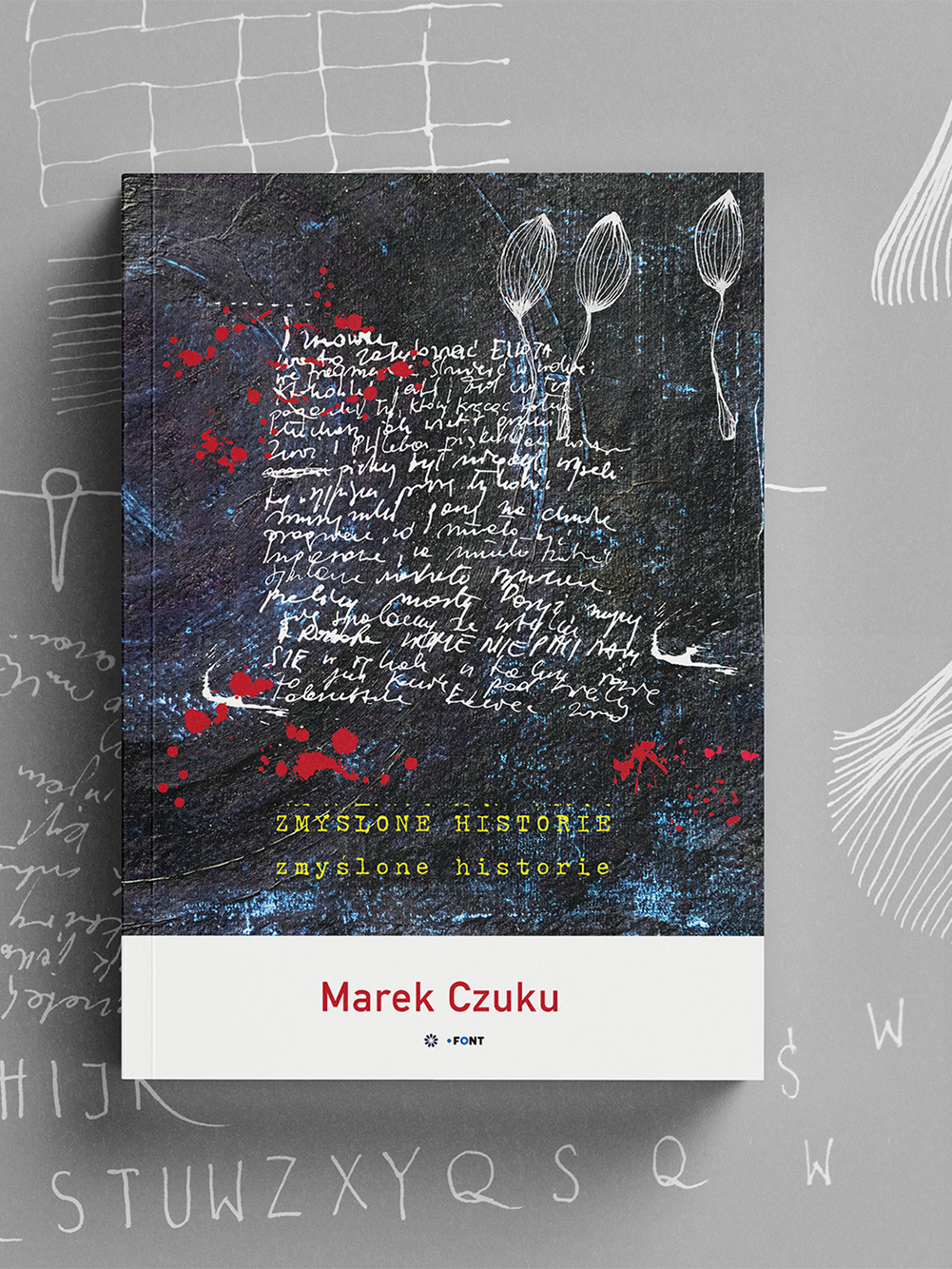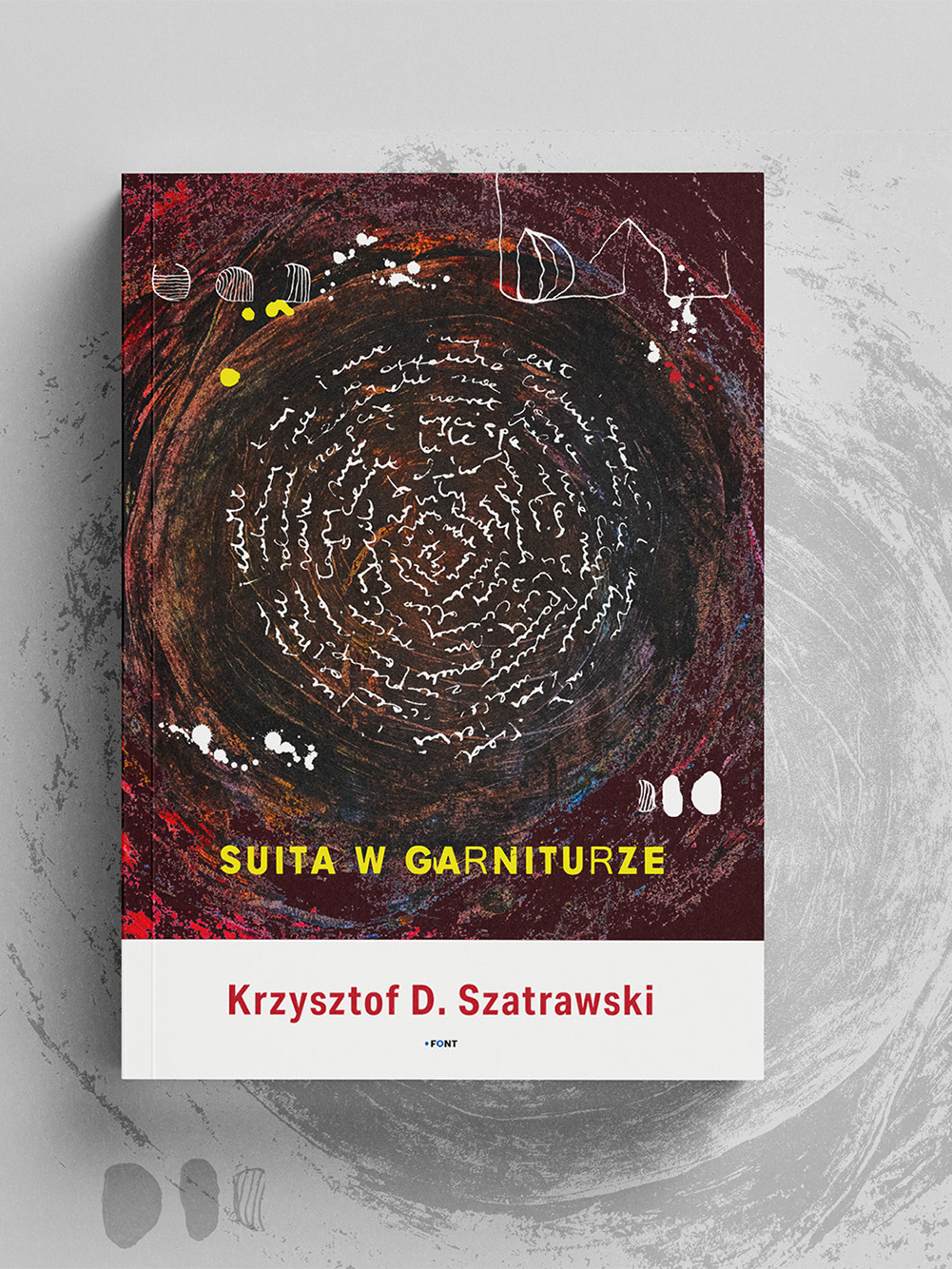Italo Calvino’s book is a fifty-five poetic, deeply metaphorical descriptions of cities interwoven with conversations of literary heroes — Marco Polo and Kublai Khan.
What is most unique in this collection of stories is that the “city” figuratively is used to show various, often contradictory dimensions of existence, that are written in a multidimensional, intricate, network structure. Each of the poetic impressions is an extract of some dimension — depending on which side you look at it from — of life in the city or of life and the world in general.
Arranging the story in the book is Calvino’s deliberate strategy.
“As we turn the pages of the book, the repeating numerical series (from 5 to 1) implies a cyclical pattern of time. The invisible matrix of cities and rubrics, on the other hand, is foreign to time, rendering the narrative armature transparent and motionless all at once in the mind. “
You can read the prose about each city in isolation from the others. It is not a linear book written in clear time. It is dream travel, it works to the imagination. Reading the book, I knew that the author forced me to go beyond the perception of normal text, which is why literary critics describe the book as poetic prose, which I have shown in my research. The non-linear story gave me the opportunity to design a typographic art book, where the reader, in addition to the text, receives tips and emotional signposts about what a given city is and how we can move around it.
The book Invisible Cities touched me deeply a few years ago, since then I have carried the descriptions
of all the cities within me.
of all the cities within me.
The stories inspired me to describe my own journey in space, as it were, about dreams, and this year,
my illustrated book, “Traveling in Space”, will be published.
my illustrated book, “Traveling in Space”, will be published.
When designing the first chapter of the book, it strengthened my admiration for the history of cities and their universal meaning. Cities are not clearly located on the map, they are not defined in time. Marco Polo, when asked what these cities are, replies that each of these cities is Venice.
In a way, Marco Polo’s travels are a return to childhood, a carefree dream. This discovery is a dream metaphor, a mathematical game that Calvino was passionate about. The willingness to touch this story and the possibility of a typographic journey are important to me, because for me this is the moment when
a travel book can also become a typographic adventure, an emotional game with the reader.
a travel book can also become a typographic adventure, an emotional game with the reader.
In its phenomenology of the poetic dream, our imagination dictates to us the inherent ability to create the “unreality” of cities. Listening to the inner voice of the dreamer, I create the world of words anew. I touch the words that I read and those that I write, aligning my imagination with the author’s. Calvino’s book has an important cognitive value for me. I intuitively enter the rhythm of the fate of cities, I get to know the human psyche, the type of knowledge, curiosity, compatibility of thoughts, understanding or incomprehension, because I do not exclude it.
The space of the book is typically human, built out of imagination and the certainty that it will overcome time. Imagination based on the symbolic mechanism of imaging allowed me to develop specific images/beings. This is my own version of my relationship with the city, fuelled by my imagination
and filled with empathy.
and filled with empathy.
